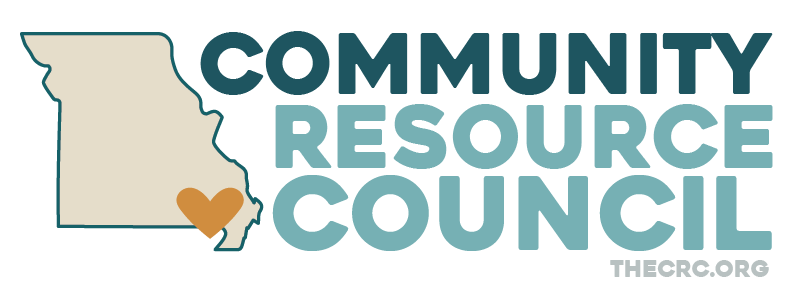The SCIENCE of Prevention
“Am I doing this right?”
I’ve probably asked myself this questions hundreds or maybe even thousands of times and I have a feeling I’m not the only one. I find that I am constantly looking for reassurance from our children’s teachers, coaches, and medical professionals to confirm that my child is healthy, meeting all their developmental milestones, learning, and becoming the kind of person I wish them to be. However, when I work with families, I have found that one thing caregivers aren’t asking questions about is, “Am I doing all I can to prevent my child from using substances?” I feel like this is a question we afraid to ask because most of us are unsure of how to answer. Are there really things I can do to prevent my child from drinking alcohol, smoking marijuana, or using other drugs? Well luckily for us, research says YES! The good news is you’re probably already doing some of these things!
The Basics
A study conducted by Dr. Hawkins and Dr. Catalano in 1992 revealed that when they looked at youth who used substances and those who did not there were some very apparent patterns. These patterns were then identified as Risk and Protective Factors. Risk Factors were identified as factors in a child’s life that made them more likely to use substances. It was also noted that the more risk factors a child had the more likely they would be to use substances. Conversely, the researchers also identified Protective Factors, which did just the opposite. The more protective factors present in a child’s life the less likely they were to use substances.
So, here is where you come in. What can you do as a caregiver or community member to prevent substance use? It’s simple, REDUCE risk factors and INCREASE protective factors.
Throughout the course of this blog, we will be going in depth about various ways caregivers and community members can increase the protective factors and decrease risk factors in a child’s life. However, for those of you who simply cannot wait to learn more about risk and protective factors I have included a comprehensible list of the different risk and protective factors here. Risk and Protective Factors | Youth.gov
Now that we have introduced the concept of Risk and Protective Factors, I want you all to know that the first time I read this list I found myself in a panic. My child and many of the youth I work with have already experienced many of the risk factors listed, and while there may be some risk factors I can work to decrease, some of them are simply out of my control. I came across a concept during our Guiding Good Choices Parent Workshop that helped calm my fears. The Guiding Good Choices Parent Workshop teaches that it is important to remember that risk factors are “predictive” not “prescriptive”. Just because a child has one or even many risk factors present doesn’t mean that they will most definitely use substances. These risk factors are simply a predictor for youth who are at more risk of using substances. So, don’t panic. Even if your child or the youth you work with have many risk factors present in their lives you can still make a difference. As caregivers we can work to increase the number of protective factors regardless of the number of risk factors we feel we have working against us. The truth is, even though many of the risk factors remain out of our control, there are still MANY risk factors that we can do something about!
Where do we go from here?
Over the next several months, this blog will address many of the risk and protective factors, and what you can do as a caregiver to help. If you don’t feel like waiting and you feel that you need to learn more about risk and protective factors, I encourage you to contact the Butler County Community Resource Council and ask about the next Guiding Good Choices Parent Workshop. Guiding Good Choices is a 5 session Parent Workshop specifically designed for caregivers to prevent substance use among youth. Contact our Prevention Department to sign up for the next class! 573-776-7830.
Sources: @article{Hawkins1992RiskAP, title={Risk and protective factors for alcohol and other drug problems in adolescence and early adulthood: implications for substance abuse prevention.},author={J. David Hawkins and Richard F. Catalano and J Y Miller}, journal={Psychological bulletin},year={1992},volume={112 1}, pages={ 64-105 }
